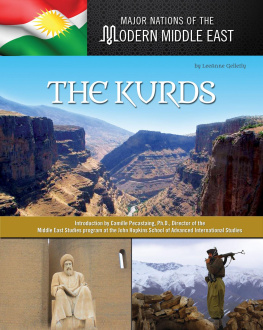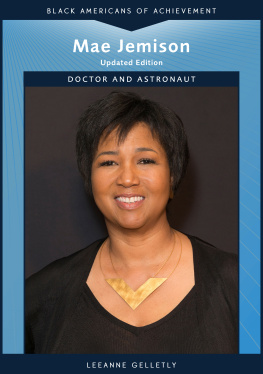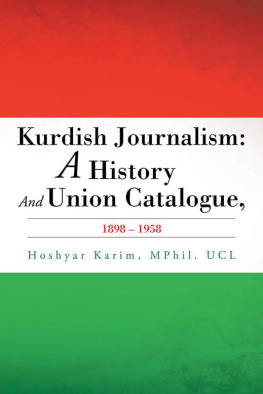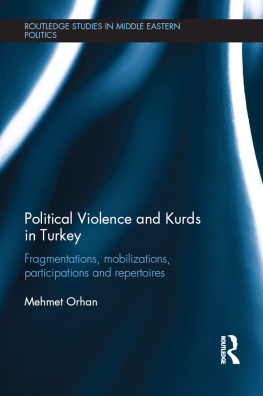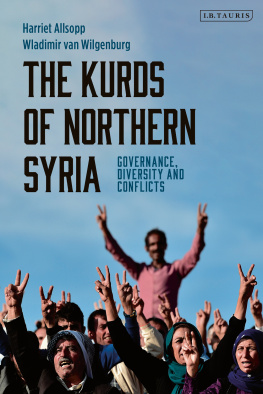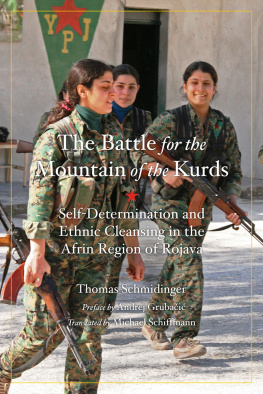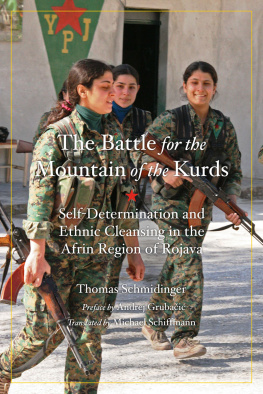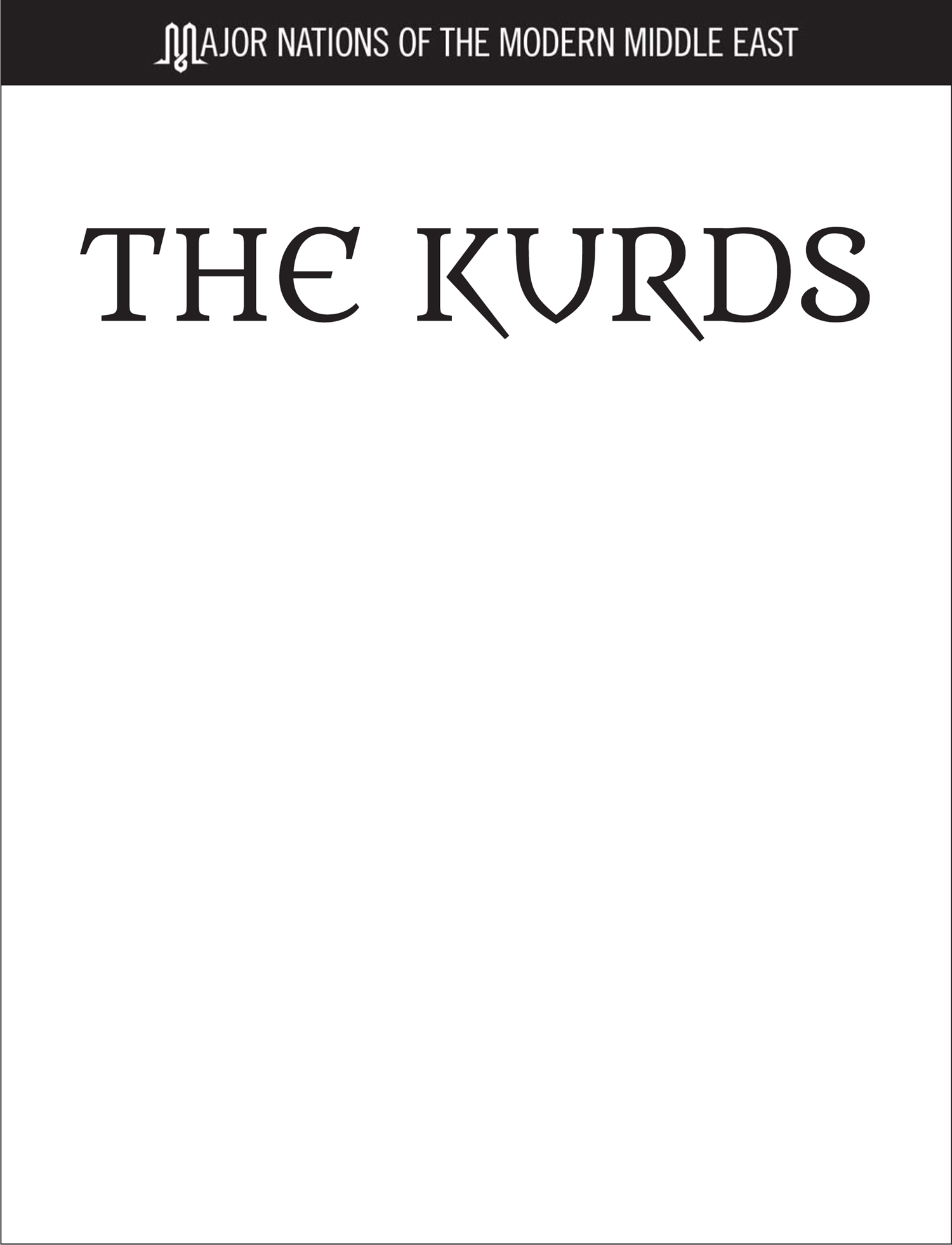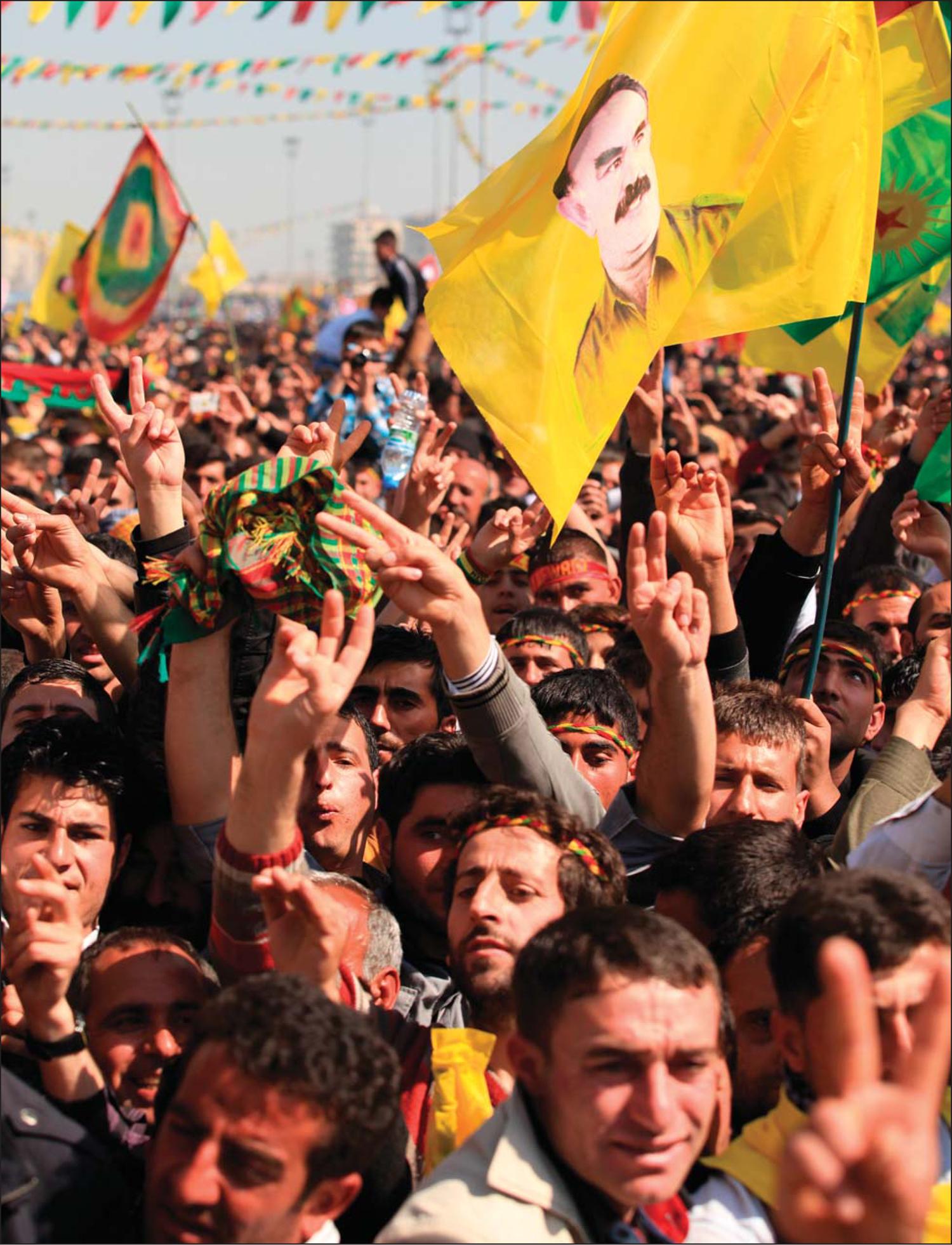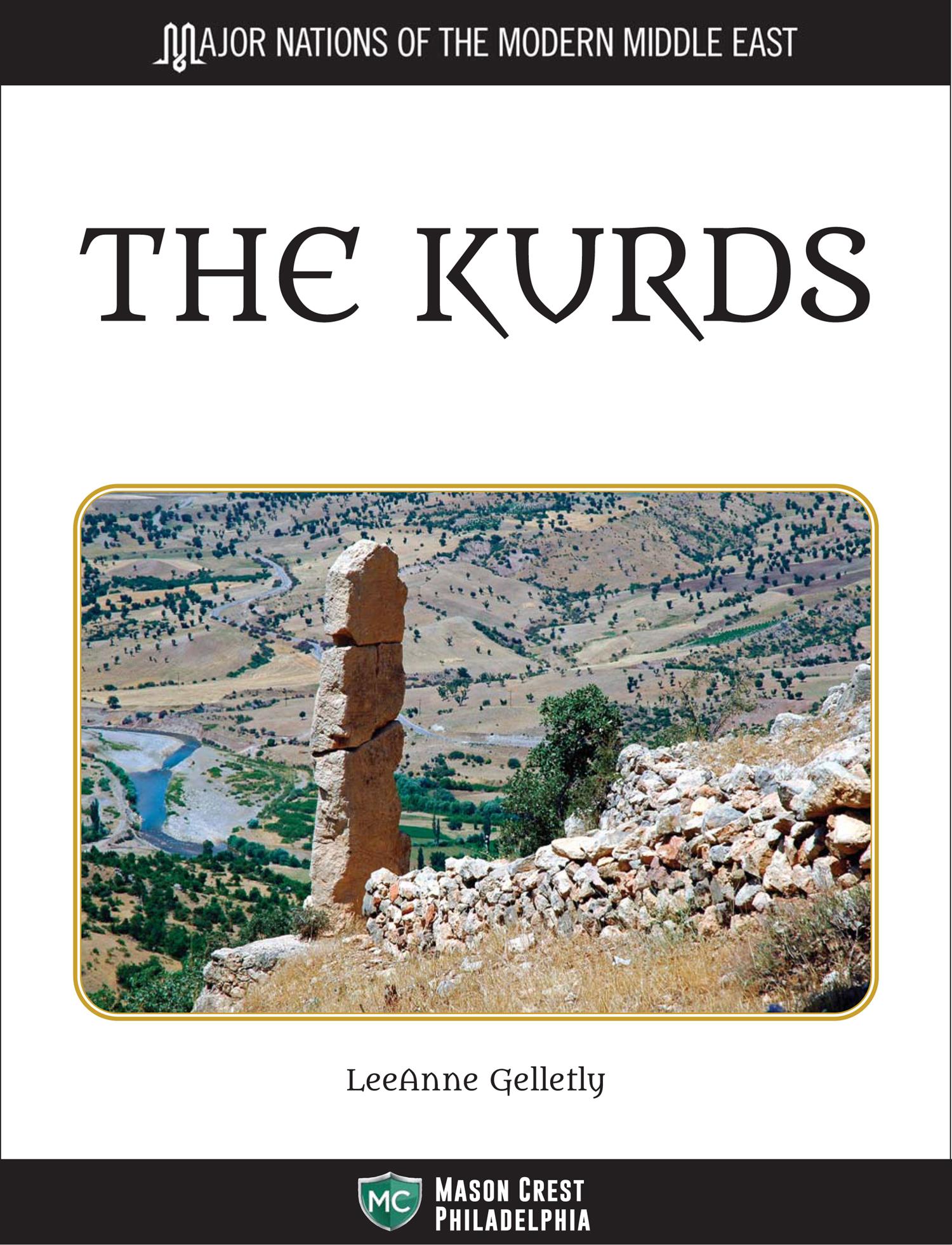
 | Mason Crest 450 Parkway Drive, Suite D Broomall, PA 19008 www.masoncrest.com |
2016 by Mason Crest, an imprint of National Highlights, Inc.
All rights reserved. No part of this publication may be reproduced or transmitted in any form or by any means, electronic or mechanical, including photocopying, recording, taping, or any information storage and retrieval system, without permission from the publisher.
Printed and bound in the United States of America.
CPSIA Compliance Information: Batch #MNMME2016.
For further information, contact Mason Crest at 1-866-MCP-Book.
First printing
1 3 5 7 9 8 6 4 2
Library of Congress Cataloging-in-Publication Data on file at the Library of Congress
978-1-4222-3454-9 (hc)
978-1-4222-8447-6 (ebook)
Major Nations of the Modern Middle East series ISBN: 978-1-4222-3438-9
TABLE OF CONTENTS
Camille Pecastaing, Ph.D.
MAJOR NATIONS OF THE MODERN MIDDLE EAST
Afghanistan
Egypt
Iran
Iraq
Israel
Jordan
The Kurds
Lebanon
Pakistan
The Palestinians
Saudi Arabia
Syria
Turkey
KEY ICONS TO LOOK FOR:
 | Words to Understand: These words with their easy-to-understand definitions will increase the readers understanding of the text, while building vocabulary skills. |
 | Sidebars: This boxed material within the main text allows readers to build knowledge, gain insights, explore possibilities, and broaden their perspectives by weaving together additional information to provide realistic and holistic perspectives. |
 | Research Projects: Readers are pointed toward areas of further inquiry connected to each chapter. Suggestions are provided for projects that encourage deeper research and analysis. |
 | Text-Dependent Questions: These questions send the reader back to the text for more careful attention to the evidence presented there. |
 | Series Glossary of Key Terms: This back-of-the book glossary contains terminology used throughout this series. Words found here increase the readers ability to read and comprehend higher-level books and articles in this field. |
by Camille Pecastaing, Ph.D.

O il shocks, wars, terrorism, nuclear proliferation, military and autocratic regimes, ethnic and religious violence, riots and revolutions are the most frequent headlines that draw attention to the Middle East. The region is also identified with Islam, often in unflattering terms. The creed is seen as intolerant and illiberal, oppressive of women and minorities. There are concerns that violence is not only endemic in the region, but also follows migrants overseas. All clichs contain a dose of truth, but that truth needs to be placed in its proper context. The turbulences visited upon the Middle East that grab the headlines are only the symptoms of a deep social phenomenon: the demographic transition. This transition happens once in the life of a society. It is the transition from the agrarian to the industrial age, from rural to urban life, from illiteracy to mass education, all of which supported by massive population growth. It is this transition that fueled the recent development of East Asia, leading to rapid social and economic modernization and to some form of democratization there. It is the same transition that, back in the 19th century, inspired nationalism and socialism in Europe, and that saw the excesses of imperialism, fascism, and Marxist-Leninism. The demographic transition is a period of high risks and great opportunities, and the challenge for the Middle East is to fall on the right side of the sword.
In 1950, the population of the Middle East was about 100 million; it passed 250 million in 1990. Today it exceeds 400 million, to reach about 700 million by 2050. The growth of urbanization is rapid, and concentrated on the coasts and along the few rivers. 1950 Cairo, with an estimated population of 2.5 million, grew into Greater Cairo, a metropolis of about 18 million people. In the same period, Istanbul went from one to 14 million. This expanding populace was bound to test the social system, but regimes were unwilling to take chances with the private sector, reserving for the state a prominent place in the economy. That model failed, population grew faster than the economy, and stress fractures already appeared in the 1970s, with recurrent riots following IMF adjustment programs and the emergence of radical Islamist movements. Against a backdrop of military coups and social unrest, regimes consolidated their rule by subsidizing basic commodities, building up patronage networks (with massive under-employment in a non-productive public sector), and cementing autocratic practices. Decades of continuity in political elites between 1970 and 2010 gave the impression that they had succeeded. The Arab spring shattered that illusion.
The Arab spring exposed a paradox that the Middle East was both one, yet also diverse. Arab unity was apparent in the contagion: societies inspired other societies in a revolutionary wave that engulfed the region yet remained exclusive to it. The rebellious youth was the same; it watched the same footage on al Jazeera and turned to the same online social networks. The claims were the same: less corruption, less police abuse, better standards of living, and off with the tyrants. In some cases, the struggle was one: Syria became a global battlefield, calling young fighters from all around the region to a common cause. But there were differences in the way states fared during the Arab spring. Some escaped unscathed; some got by with a burst of public spending or a sprinkling of democratic reforms, and others yet collapsed into civil wars. The differential resilience of the regimes owes to both the strength and cohesiveness of the repressive apparatus, and the depth of the fiscal cushion they could tap into to buy social peace. Yemen, with a GDP per capita of $4000 and Qatar, at $94,000, are not the same animal. It also became apparent that, despite shared frustrations and a common cause, protesters and insurgents were extremely diverse.

